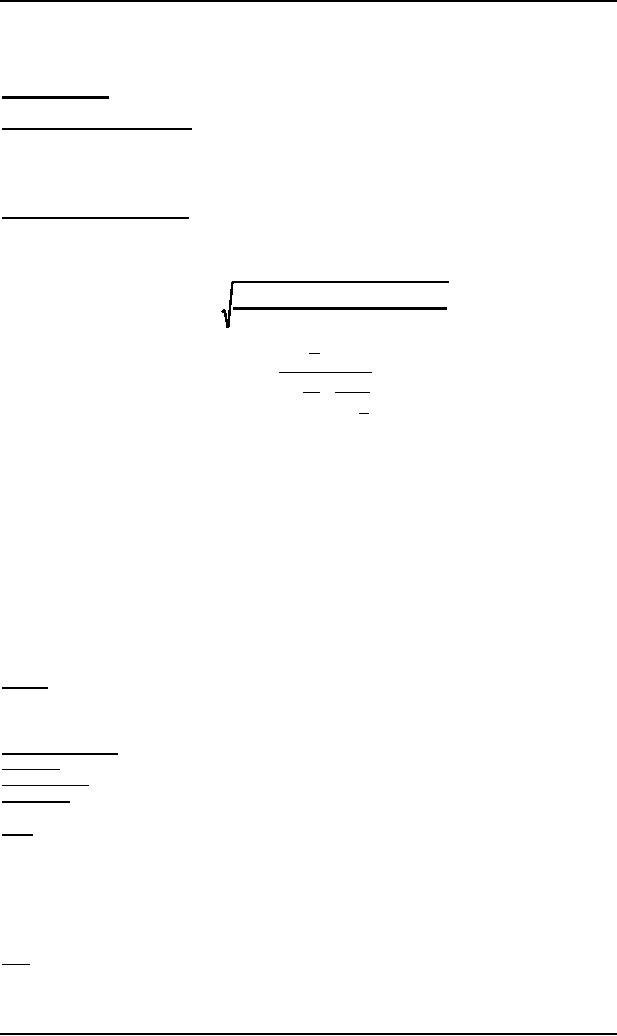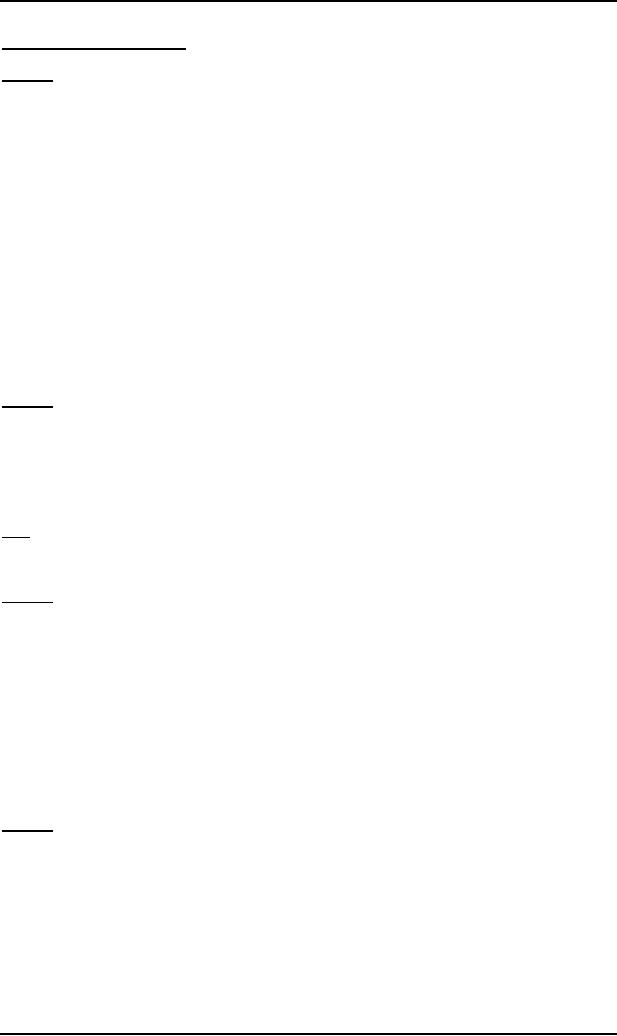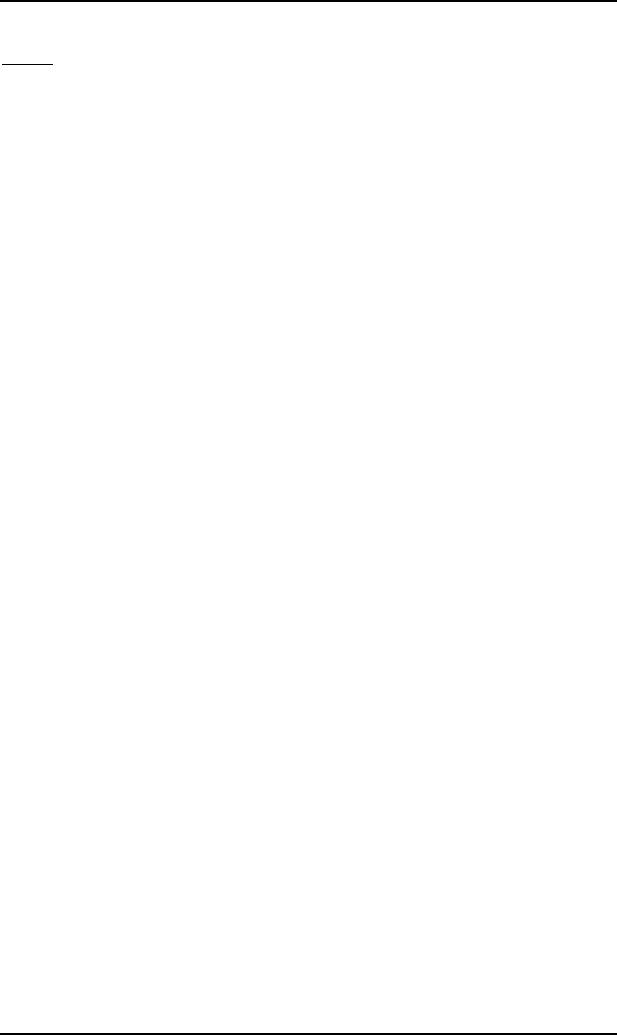 |
Context Free Grammar (CFG), CFG terminologies |
| << finiteness of a language |
| Trees >> |

Theory of
Automata
(CS402)
Theory of
Automata
Lecture
N0. 31
Reading
Material
Chapter
12
Introduction
to Computer Theory
Summary
Context
Free Grammar, Terminals, non-terminals, productions, CFG,
context Free language,
examples.
Context
Free Grammar (CFG)
The
earliest computers accepted no
instructions other then their own
assembly language. Every
procedure, no
matter
how complicated , had to be encoded in
the set of instructions,
LOAD, STORE, ADD the
contents of two
registers
and so on. The major
problem was to display mathematical
formulas as follows
(8 - 0 ) 2 + ( 7
-
10 ) 2 +
(11 -
10 )
2
S=
2
or
1
+9
2
A=
8
5
4+
+
1
21
3+
2
So, it
was necessary to develop a
way of writing such
expressions in one line of
standard typewriter symbols,
so
that in
this way a high level
language could be invented.
Before the invention of
computers, no one would
ever
have
dreamed of writing such
complicated formula in parentheses
e.g.
the
right side of formula can be
written as
((1/2)+9)/(4+(8/21)+(5/(3+(1/2))))
The
high level language is
converted into assembly
language codes by a program called
compiler.
The
compiler that takes the
user's programs as its inputs and prints
out an equivalent program
written in
assembly
language.
Like
spoken languages, high level
languages for computer have
also, certain grammar. But in
case of computers,
the
grammatical rules, don't involve
the meaning of the words.
It can be
noted that the grammatical
rules which involve the
meaning of words are called Semantics,
while
those
don't involve the meaning of
the words are called Syntactics.
e.g.
in
English language, it can not be written "
Buildings sing ", while in computer
language one number is as
good as
another.
e.g.
X = B +
10, X = B + 999
Remark
In
general, the rules of computer
language grammar, are all
syntactic and not semantic. A
law of grammar is in
reality a
suggestion for possible
substitutions.
CFG
terminologies
Terminals:
The symbols that can't be
replaced by anything are called
terminals.
Non-Terminals:
The symbols that must be
replaced by other things are called
non-terminals.
Productions:
The grammatical rules are
often called productions.
CFG
CFG is a
collection of the followings
An
alphabet S of
letters called terminals from which
the strings are formed,
that will be the words of
the
language.
A set of
symbols called non-terminals, one of
which is S, stands for "start
here".
A finite
set of productions of the
form
non-terminal
�
finite
string of terminals and /or
non-terminals.
Note
The
terminals are designated by small
letters, while the non-terminals
are designated by capital
letters.
There is
at least one production that
has the non-terminal S as
its left side.
92

Theory of
Automata
(CS402)
Context
Free Language (CFL)
The
language generated by CFG is called
Context Free Language (CFL).
Example
S =
{a}
productions:
S �aS
S�Y
Applying
production (1) six times
and then production (2)
once, the word aaaaaa is
generated as
S fi aS
fi aaS
fi aaaS
fi aaaaS
fi aaaaaS
fi aaaaaaS
fi aaaaaaL
=
aaaaaa
It can be
observed that prod (2)
generates L, a can
be generated applying prod.
(1) once and then prod.
(2), aa
can be
generated applying prod. (1) twice
and then prod. (2) and so
on. This shows that
the grammar defines the
language
expressed by a*.
Example
S =
{a}
productions:
S�SS
S�a
S�L
This
grammar also defines the language
expressed by a*.
Note: It is to be
noted that L is not
considered to be terminal. It has a
special status. If for a certain
non-terminal
N, there
may be a production N�L. This
simply means that N can be
deleted when it comes in the
working
string.
Example
S =
{a,b}
productions:
S�X
S�Y
X�L
Y�aY
Y�bY
Y�a
Y�b
All
words of this language are
of either X-type or of Y-type. i.e.
while
generating a word the first
production
used is
S�X or S�Y. The
words of X-type give only
L, while
the words of Y-type are
words of finite
strings
of a's or
b's or both i.e.
(a+b)+. Thus the language defined
is expressed by (a+b)*.
Example
S =
{a,b}
productions:
S�aS
S�bS
S�a
S�b
S�L
This
grammar also defines the language
expressed by (a+b)*.
93

Theory of
Automata
(CS402)
Example
S =
{a,b}
productions:
S�XaaX
X�aX
X�bX
X�L
This
grammar defines the language expressed by
(a+b)*aa(a+b)*.
94
Table of Contents:
- What does automata mean, Introduction to languages
- Kleene Star Closure, Recursive definition of languages
- Regular Expression, Recursive definition of Regular Expression
- Equivalent Regular Expressions
- Finite Automaton
- Equivalent FAs
- FA corresponding to finite languages
- Examples of TGs: accepting all strings
- Generalized Transition Graphs
- Nondeterminism, Kleene’s Theorem
- Proof(Kleene’s Theorem Part II)
- Kleene’s Theorem Part III
- Concatenation of FAs
- Closure of an FA
- Nondeterministic Finite Automaton, Converting an FA to an equivalent NFA
- NFA with Null String
- NFA and Kleene’s Theorem
- NFA corresponding to Concatenation of FAs
- Distinguishable strings and Indistinguishable strings
- Finite Automaton with output, Moore machine
- Mealy machine
- Equivalent machines
- Mealy machines in terms of sequential circuit
- Regular languages, Complement of a language
- Nonregular languages
- Pumping Lemma
- Pumping Lemma version II
- Pseudo theorem
- Decidability
- finiteness of a language
- Context Free Grammar (CFG), CFG terminologies
- Trees
- Polish Notation (o-o-o)
- Total language tree, Regular Grammar
- Null Production
- Chomsky Normal Form (CNF)
- A new format for FAs
- Nondeterministic PDA
- PDA corresponding to CFG
- Conversion form of PDA
- Conversion Form, Joints of the machine
- Row language, Nonterminals
- Non-Context-Free language, Pumping lemma for CFLs
- Decidablity, Parsing Techniques
- Turing machine